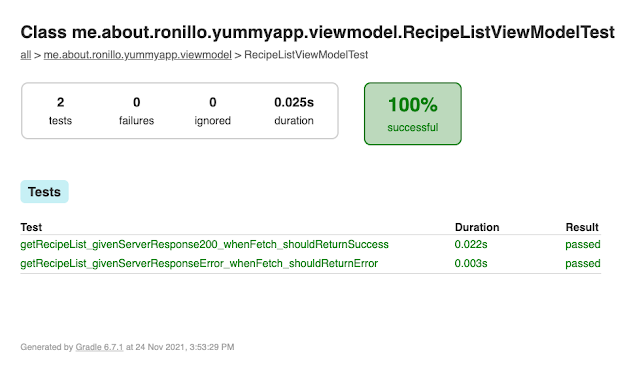The Diverse Real-World Applications of Digital Art: Unleashing Creativity in the Digital Age
In today’s digital age, artistic expression knows no bounds. Digital art, a medium born of the intersection of technology and creativity, has found its way into numerous real-world applications, transforming industries and unleashing new avenues for self-expression and innovation. In this blog post, we’ll explore the diverse and impactful real-world applications of digital art and the tools that empower artists and professionals in these fields.
Entertainment and Media: Shaping Imaginary Worlds
In the realm of entertainment and media, digital art reigns supreme. Whether it’s crafting breathtaking video game landscapes, designing captivating characters for animated films, or conjuring mesmerizing visual effects, digital artists are at the heart of bringing imaginative worlds to life.
Tools of the Trade: Industry-standard software like Adobe Photoshop, Autodesk Maya, and ZBrush empower artists to create intricate 2D and 3D digital artworks.
Advertising and Marketing: Capturing Attention
In advertising and marketing, digital artwork is the driving force behind eye-catching visuals that leave a lasting impression. From dazzling product advertisements to compelling social media campaigns, digital art plays a pivotal role in marketing strategies.
Tools of the Trade: Graphic design software such as Adobe Illustrator and Canva help designers create compelling visuals for marketing materials.
Web Design: Crafting Digital Experiences
Web designers harness the power of digital art to create visually stunning websites. Digital artwork, including logos, icons, and interactive graphics, enhances user experiences on the web.
Tools of the Trade: Web designers often use tools like Adobe XD, Sketch, and Figma for prototyping and designing web interfaces.
Illustration: Storytelling through Art
In the world of illustration, digital artists breathe life into books, magazines, comics, and more. Digital tools allow for precise detailing and vibrant colors in illustrations.
Tools of the Trade: Illustrators commonly use digital painting software such as Corel Painter, Clip Studio Paint
Product Design: Enhancing Aesthetics
Digital art contributes to product design by creating visually appealing packaging, labels, and prototypes, making products stand out on the shelves.
Tools of the Trade: 3D modeling and rendering software like SolidWorks and Rhino are essential for product designers.
Fashion Design: Digital Couture
Fashion designers employ digital art for creating digital sketches, patterns, and textile designs. This digital approach speeds up the design process and aids in visualization.
Tools of the Trade: Software like Adobe Illustrator and CLO 3D are popular among fashion designers for creating digital fashion designs.
Architecture and Interior Design: Visualizing Spaces
Architects and interior designers use digital renderings and visualizations to plan and present projects, allowing clients to see spaces before they are built.
Tools of the Trade: Software like Autodesk AutoCAD and SketchUp are indispensable in architectural and interior design.
Virtual Reality (VR) and Augmented Reality (AR): Immersive Experiences
Digital art is at the forefront of creating immersive VR and AR experiences, from interactive gaming to educational simulations.
Tools of the Trade: Game engines like Unity and Unreal Engine enable the creation of VR and AR content.
Education: Engaging Learning
Digital art is a valuable tool in education, enriching materials, and engaging learners through interactive visuals.
Tools of the Trade: E-learning platforms often use multimedia design software for creating educational content.
Healthcare: Visualizing the Body
Medical illustrators use digital art to create visuals for textbooks, patient education, and surgical planning, making complex medical concepts more accessible.
Tools of the Trade: Specialized medical illustration software helps create accurate anatomical renderings.
Social Media and Content Creation: Building Personal Brands
Individuals use digital art to build personal brands on social media, creating unique and eye-catching visuals for their online presence.
Tools of the Trade: Popular graphic design tools and social media platforms are key for personal branding.
Scientific Visualization: Communicating Complex Data
Scientists rely on digital art to visualize intricate data and phenomena, aiding in research and making complex concepts more understandable.
Tools of the Trade: Data visualization software and 3D modeling tools are essential for scientific visualization.
Museum Exhibits: Interactive Experiences
Digital art installations and interactive exhibits are increasingly seen in museums and cultural institutions, offering visitors immersive experiences.
Tools of the Trade: A combination of hardware, software, and multimedia design tools is used to create these exhibits.
Digital Signage: Eye-catching Displays
Businesses and organizations utilize digital art for dynamic and attention-grabbing digital signage displays, enhancing their branding and messaging.
Tools of the Trade: Content management systems (CMS) and design software are crucial for creating and managing digital signage content.
Personal Expression: A Canvas for Creativity
Finally, digital art provides individuals with a platform for personal expression, allowing them to explore their creativity and share their unique perspectives with the world.
Whether you’re an artist, a designer, a scientist, or simply someone who appreciates visual beauty, digital art is all around you, shaping the world in countless ways. The tools and technology available today empower creative minds to push boundaries, innovate, and bring their visions to life across these diverse real-world applications. So, whether you’re creating a masterpiece or simply enjoying the fruits of digital artistry, remember that the possibilities are limitless in this digital age.


Comments
Post a Comment